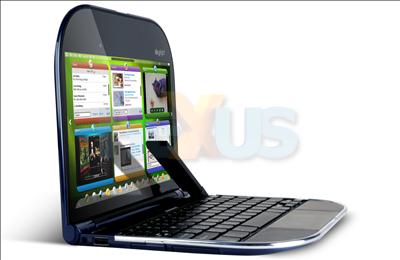New paradigm time
Qualcomm and ARM have been bigging-up the ‘smartbook' concept for almost a year now, but it's only at CES 2010 that we finally get to see if its all it's cracked up to be.
Today, Chinese giant OEM officially launched the Skylight - the first product to be formally marketed as a smartbook, as defined by running on an ARM-based processor rather than an Intel-based one.
The Lenovo Skylight is a 10.6 inch mini notebook that uses Qualcomm's Snapdragon processor which, while it uses the ARM instruction set, is pretty much all Qualcomm's own design. Of course it comes with integrated 3G connectivity.
The point of a smartbook is supposed to be that it gives you smartphone functionality in the notebook form factor. What does this mean? 3G connectivity, of course, but the other crucial feature is battery life.
Just as with phones, you shouldn't have to worry about turning the Skylight off and thus not have to wait for it to boot-up again. This means you can dip into you email and the internet whenever you want, handy for people who are into social networking and that sort of thing.
Lenovo is claiming 10+ hours of active battery life for the Skyline based on "an equal mixture of web browsing, local video play, high definition video web streaming, standard video web streaming, and system idle."
We'll be bringing you a lot more on this launch and any other smartbook developments as CES commences.















